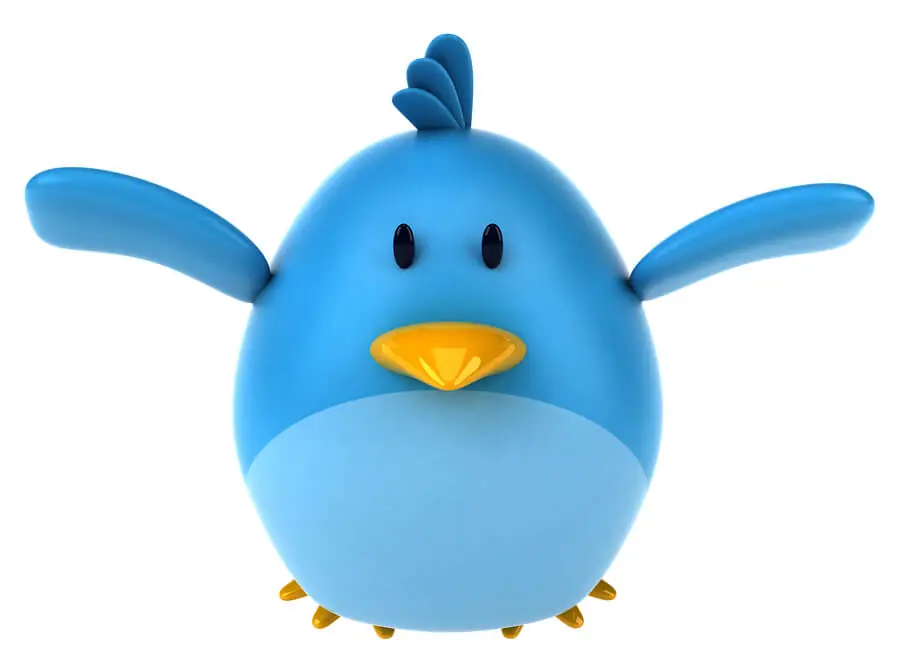There is a lot of talk on how to drive social media traffic and gain followers – what content is most compelling, and so on. This focus comes as no surprise as social media, especially the rapid refresh of Twitter, is one of the most effective marketing tools available to small businesses and entrepreneurs. However, a big part of social media marketing is driving engagement, not just likes or shares.
Twitter engagement means that you get a conversation going – people communicating with you and you doing so in return. Be it praise for your product, a request for information or help, or a bad review (especially if it’s a bad review), it is crucial to respond to your customers and engage in conversation with them. That is not what is happening, though.
Recent marketing reports show that nearly 80 percent of questions posed to U.S. companies on Twitter go unanswered. Brand managers are ignoring only 60 percent of questions on Facebook (note the sarcasm). Ignoring 60 percent of client communication is terrible, and 80 percent is egregious.
Marketing scientists took a look at 6.5 million tweets and 1.4 million Facebook posts that spanned a whopping 50,000 brands across the world. Egypt was found to have the highest rate of Twitter interaction, answering 70 percent of questions posed on that social media platform. The United States came in nearly last, responding to only 18 percent of customers that reach out.
On average, U.S. companies respond to 40 percent of questions across both Twitter and Facebook while the international average for both social media platforms is around 75 percent. Denmark, Pakistan, and Norway are all tied for the highest average response rate of 93 percent.
This could spell real trouble for American businesses, especially small businesses that rely heavily on a small customer base. In 2015, Twitter mentions of companies’ customer service handles (for those that have one) are up 41 percent from 2015. For example, Comcast receives around 9,000 social media mentions every week.
Your company is likely much, much smaller than Comcast (and hopefully your service is much, much better), but the same rules apply. Not responding to customers that need help or are angry (or are just trying to give you a public pat on the back) can really strain the relationship and leave them feeling annoyed. Remember that your goal is to create a positive experience every time someone interacts with your product/service and brand – and that includes online.



